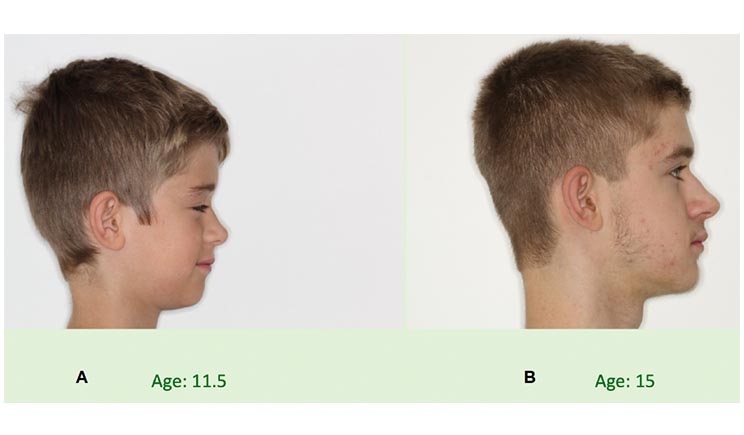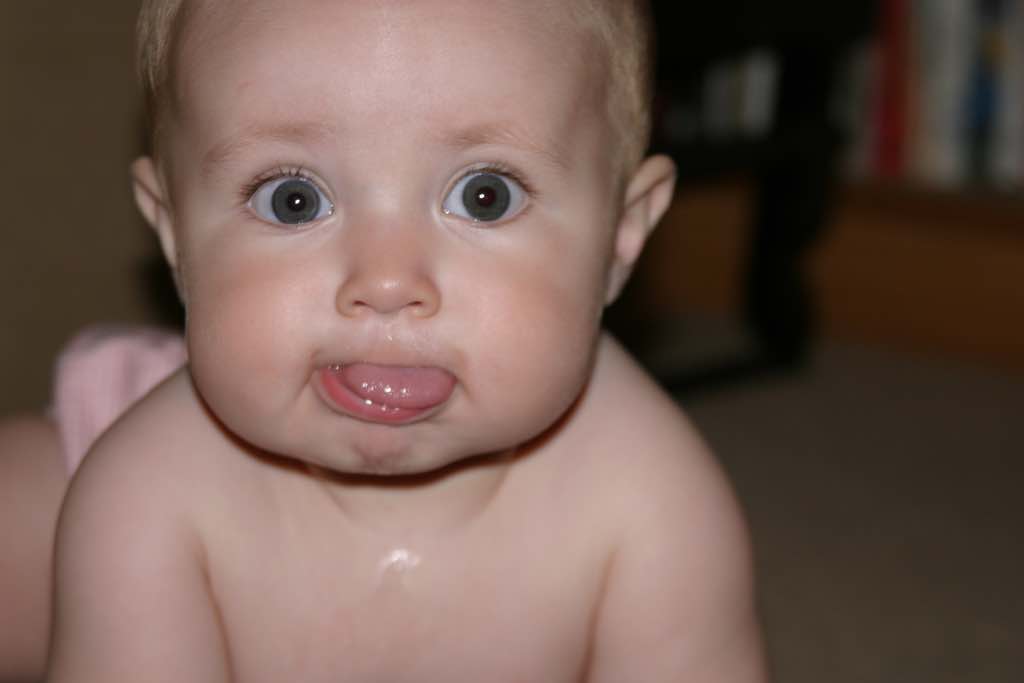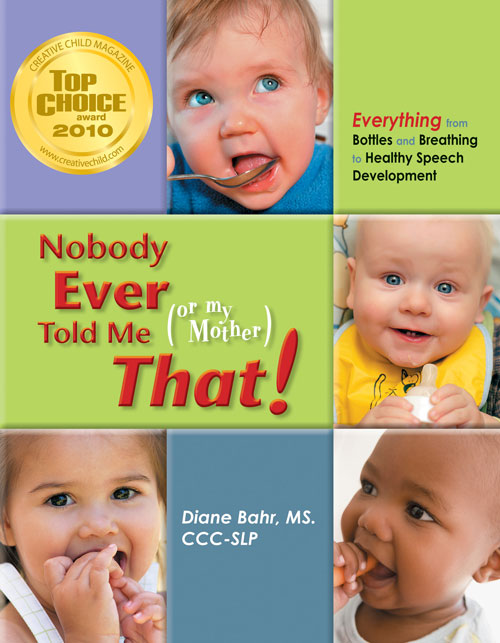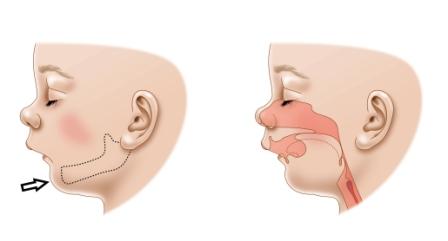Baby Jaw Development
Babies born with Pierre Robin may have difficulty with breathing feeding andor sleeping. It can be a very mild problem to quite severe.

Characteristic Features Of Torticollis In The Picture On The Right Download Scientific Diagram
Primary teeth are also known as baby teeth milk teeth or deciduous teeth.

Baby jaw development. This pressure changes the growth of the lower jaw so that it grows more vertically making the childs face grow longer. Guide nasal breathing posture. Be on the lookout for occasional jaw trembling that is accompanied by.
It is called a sequence because while the baby is growing in the womb the lower jaw does not grow enough. How does breastfeeding impact jaw development. Babies use a tongue thrust motion during breastfeeding pressing the tongue up into the soft palate and down against the front teeth.
Early Orthopaedic Influences on Jaws. Increased fussiness or silence. Most children develop a full set of 20 teeth by the age of three.
A babys jaw is almost 50 of its adult size at birth Childrens occlusions bites are already apparent from around 18 months to 2 years of age. With your index fingers perform small circular motions starting on the jaw in front of the ears moving do. Bottle pacifier and digit sucking deform jaws and airways.
Usually about 1 tooth erupts per month once the teeth have started coming in. Breastfeeding shows how a diet for oral health includes the physical function of the mouth. As the baby grows into a more independent toddler you may be best to consider using a partially filled regular cup with a handle they.
Neck and head posture. Lack of learning or developmental growth. The teeth on the upper jaw usually erupt 1 to 2 months after the same tooth on the lower jaw.
It is not clear why this occurs but it may happen because of some problem with development early in pregnancy. The muscles used and the motion of the jaw and tongue are different in breastfeeding when compared to bottle feeding leading to a difference in actual jaw development. Breast suckling aids proper development of the jaws which form the gateway to the human airway.
By 6 years of age jaws are almost 80 of their adult size with most of the growth occurring in the first 4 years. Broaden and develop the palate and jaws. During infancy a babys soft palate is.
There are a total of 20 primary teeth. This is a major part of enjoying a lifetime of good health and not needing orthodontic treatment or dealing with oral myofunctional issues later in life. There are several reasons why the jawbone may not develop normally.
Difficulty sleeping or breathing. At about 5 weeks gestation the first buds of primary teeth appear in the babys jaws. The jaw growing cells and vitamins are distributed by the mothers body.
Purposes of the tongue. After the Baby is Born. Usually after the child reaches 2 years old the 4 second molars the last of the baby teeth appear.
It also causes the babys tongue to. Tooth Decay in Babies. If your baby is not in immediate danger try to record the infant tremors while theyre happening.
These changes are often blamed on genetics but incorrect mouth posture prolonged thumbpacifier habits and reverse swallow are the real causes of poor cranio-facial growth. The development of primary teeth begins while the baby is in the womb. Loss of social interaction cues such as smiling.
Pierre Robin syndrome causes your babys jaw to form slowly in the womb which results in a very small lower jaw. Positional deformation the chin is pressed against the chest of the baby. Normally babies will breathe through their nose this is one of the signs that the jaw and palate are developing in a healthy way.
Your babys primary teeth will begin to appear at about six months of age. Tongue rests lower touching the bottom of mouth. As soon as a baby starts working their jaws with harder foods theyll be giving themselves the chance to get the best possible jaw and facial development achievable within their genetic template.
By age 3 to 5 crooked teeth and abnormal face and jaw development can already be noted. Breastfeeding supports good jaw development because of the unique way it encourages the tongue to press against the soft palate of the mouth. Its easy to forget how strong the tongue can really be Can exert from 40-80 kPa.
This causes the tongue to be pushed back and the palate bones to remain separated in the middle. Vitamin D and Calcium and crucial in bone and teeth development in a child therefore the mother must be sure to have a sufficient balance between the two to pass along to her baby. Lie your baby on their back on a soft flat surface.
A newborn childs jaw teeth airways and development are undergoing a series of exercises. The tongue often positions itself in the lower jaw to allow a child to breathe more readily through the mouth. Having healthy strong baby teeth will help your child chew easily speak clearly smile and provide face shape.
Breastfeeding is early preventive Functional Jaw Orthopedics because breastfeeding forces impact the jaws during a very rapid period of infant jaw growth. At birth the baby has a full set of 20 primary teeth 10 in the upper jaw 10 in the lower jaw hidden under the gums. If breastfeeding is possible initially its always the preferred method for encouraging healthy jaw development.
Sometimes there is a wide cleft palate hole in the roof of the mouth.

Jaw And Facial Development In Children Apex Dental Dentist Des Moines Iowa

How You Can Stop The Epidemic Of Smaller Jaws Dentistry Today

Jaw And Facial Development In Children Apex Dental Dentist Des Moines Iowa

Feeding Infants Newborns With Recessed Chin Micrognathism

Face And Jaw Development In Children Your Dentist In Yakima Wa

Newborn And Mouth And Throat Development Dysphagia Cafe

Mouth Development From High Narrow Palate To Buccal And Tongue Ties Kids In The House

Jaw And Facial Development In Children Apex Dental Dentist Des Moines Iowa

Kids Health Information Jaw Distraction Surgery Mandibular Distraction
